Professor Mary Ellen Camire, University of Maine - nutrition expert affirmed: "Seaweed is an excellent source of fiber and minerals".
Associate Professor, Dr. Nguyen Huu Dung, Chairman of the Vietnam Seafarming Association, said that seaweed extract contains large amounts of marine minerals such as magnesium, calcium, copper, potassium, selenium, zinc, iodine and iron, low fat, as well as antioxidants, nutrients and fiber, vitamins A, B, C, E, and K, fatty acids and important amino acids necessary for the body, so it is very good in tissue regeneration, creating skin elasticity, used in acne creams, anti-aging creams, skin tightening, anti-aging, anti-inflammatory, soothing sensitive skin, irritation due to environmental influences.
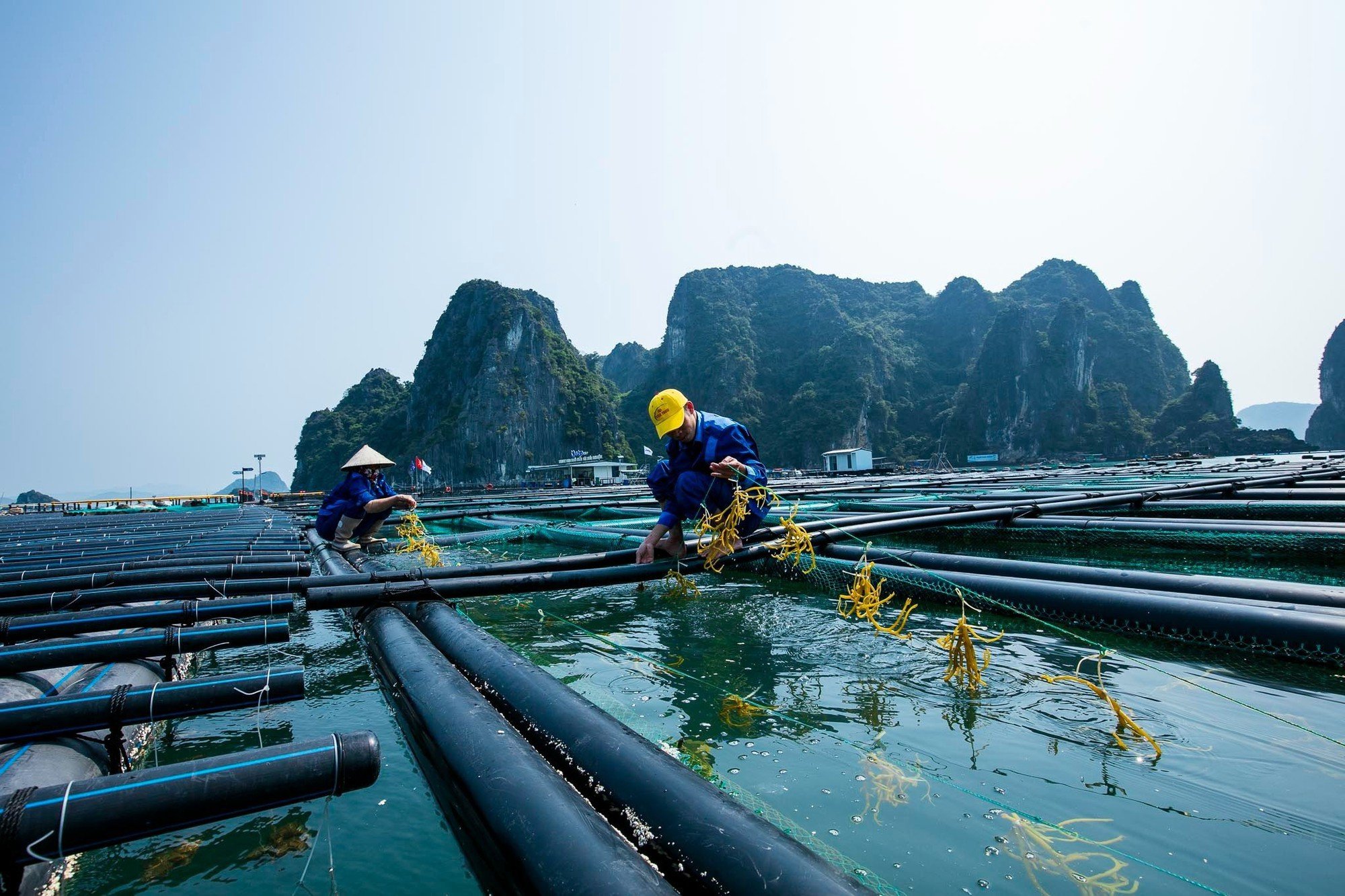
Fish farm combined with tourism at Phat Co island farm (Quang Ninh) of STP Group Corporation. Photo: STP.
In Vietnam, according to the Department of Fisheries, in 2024, the seaweed cultivation area will be 16,500 hectares, with an output of 155,000 tons. In our country, there are 827 recorded species of seaweed, of which 88 are blue-green algae, 412 are red algae, 147 are brown algae, and 180 are green algae.
On December 26, at the conference “Development of mollusc and seaweed production”, Mr. Dinh Xuan Lap, Deputy Director of the International Cooperation Center for Sustainable Aquaculture and Fisheries (ICAFIS), Vietnam Fisheries Association said that Vietnamese seaweed has been developed for over 10 years. According to the orientation from 2025-2030, seaweed output will be increased from 180,000 tons to 500,000 tons/year.
For the coastal area from Thanh Hoa - Binh Thuan , the planting objects will be seaweed, golden thread seaweed, and carrageenan.
For offshore areas such as Quang Ninh, Hai Phong, Phu Yen , Khanh Hoa, Ninh Thuan, Binh Thuan, Ba Ria - Vung Tau, Kien Giang and some localities with favorable natural conditions will focus on raising carrageenan and imported varieties.
Although Vietnam has the potential and advantages to develop seaweed cultivation, according to Mr. Lap, farming, processing and consumption of products are still spontaneous and have not formed a chain link, so the price of raw seaweed is still low and unstable.
Seaweed from households is currently mainly sold through traders (accounting for over 90%), while direct sales to manufacturing enterprises account for a very small proportion, most of which is purchased by Long Hai Company, JapiFoods, Tri Tin, Khanh Hoa Salanganes Nest...
According to Mr. Lap, not many businesses are currently participating in the seaweed production segment, especially processed products. “Raw seaweed for businesses’ production still mainly comes from imported sources, domestic seaweed is still limited because seaweed grown in Vietnam has low output, uneven quality, and low prices (partly due to unstable quality). Vietnamese consumers do not yet fully understand the value of seaweed, not many people like to use seaweed or can tolerate the fishy smell of seaweed,” he said.
Ms. Le Hang, Communications Director of the Vietnam Association of Seafood Exporters and Producers (VASEP), said that the global market size is growing strongly, expected to reach 5.56 billion USD in the period 2023-2028 with a compound annual growth rate (CAGR) of 7.22%.
Regarding Vietnam's seaweed export turnover in 2023, it only reached 5,563 USD, with the main markets including Canada, Indonesia, Taiwan, and Japan. "Overall, it is still very modest and unstable," Ms. Hang assessed.
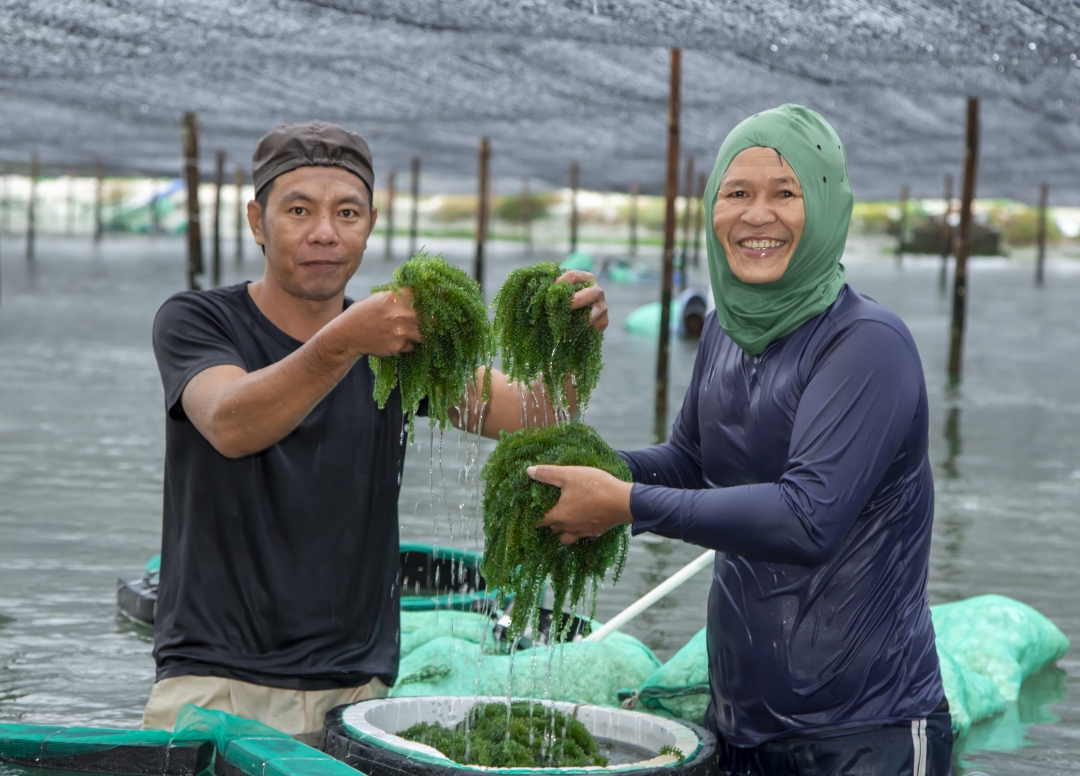
People in Ninh Hai ward, Ninh Hoa town (Khanh Hoa province) have high income with the seaweed growing model. Photo: Khanh Hoa Newspaper
To promote seaweed cultivation in Vietnam, Mr. Lap said that it is necessary to build a closed chain model linking "Seedlings - Growing area - Production - Trade - Consumption system".
Promote responsible business in the chain to share value, creating motivation for people to be willing to grow seaweed.
Applying high technology - extraction technology to obtain valuable nutrients from seaweed, as well as overcome the weakness of seaweed's fishy smell. At the same time, continue to research and apply high technology in processing seaweed to make medicine, bioplastics, and food additives.
In addition, propaganda to raise consumer awareness of seaweed; Develop high-value products associated with market demand; Link value chains with growing areas of people and businesses to share benefits and values, from which people will be willing to grow and develop seaweed.
Director of the Department of Fisheries Tran Dinh Luan said that currently, the market demand for seaweed is very large, however, production conditions are still limited. In order to increase the value of the product, he said that it is necessary to plan and reorganize the industry in a systematic way, avoiding spontaneous development.
“In Van Don, the combination of seaweed and oyster farming has improved the living environment and provided stable livelihoods for local people. The seaweed buffer zone not only protects clam beds but also creates products with high economic value. The marine farming project has now been implemented, in which seaweed is a priority due to its low investment cost, safety and large market demand,” said Mr. Luan.



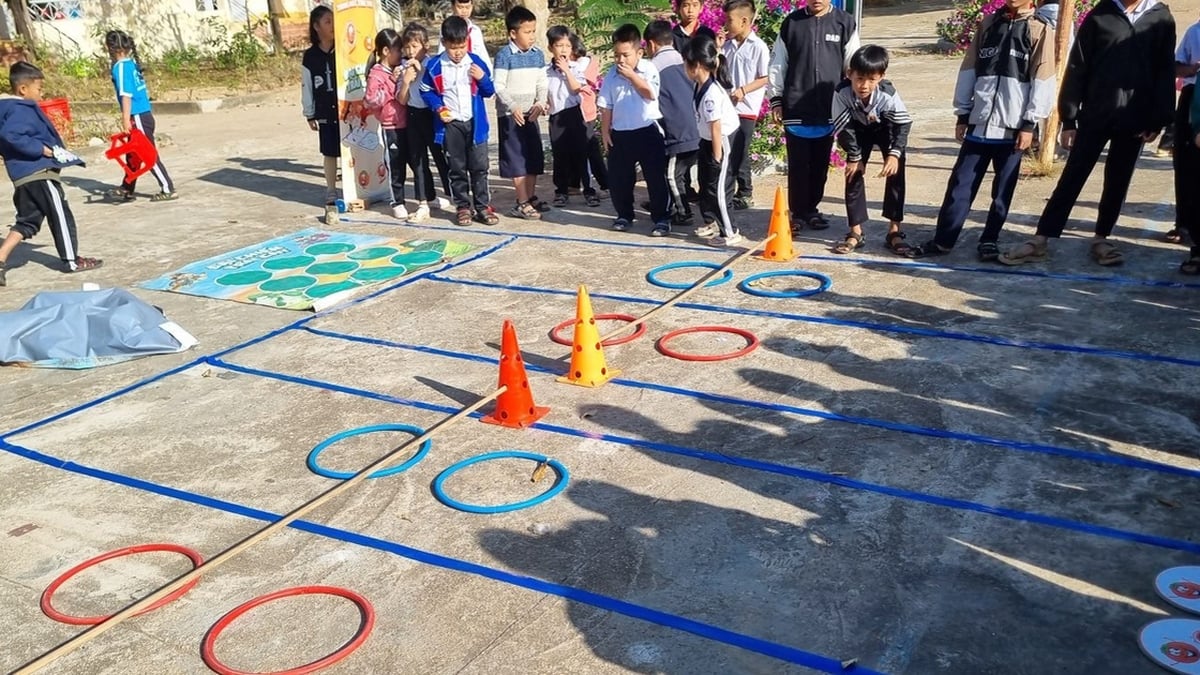

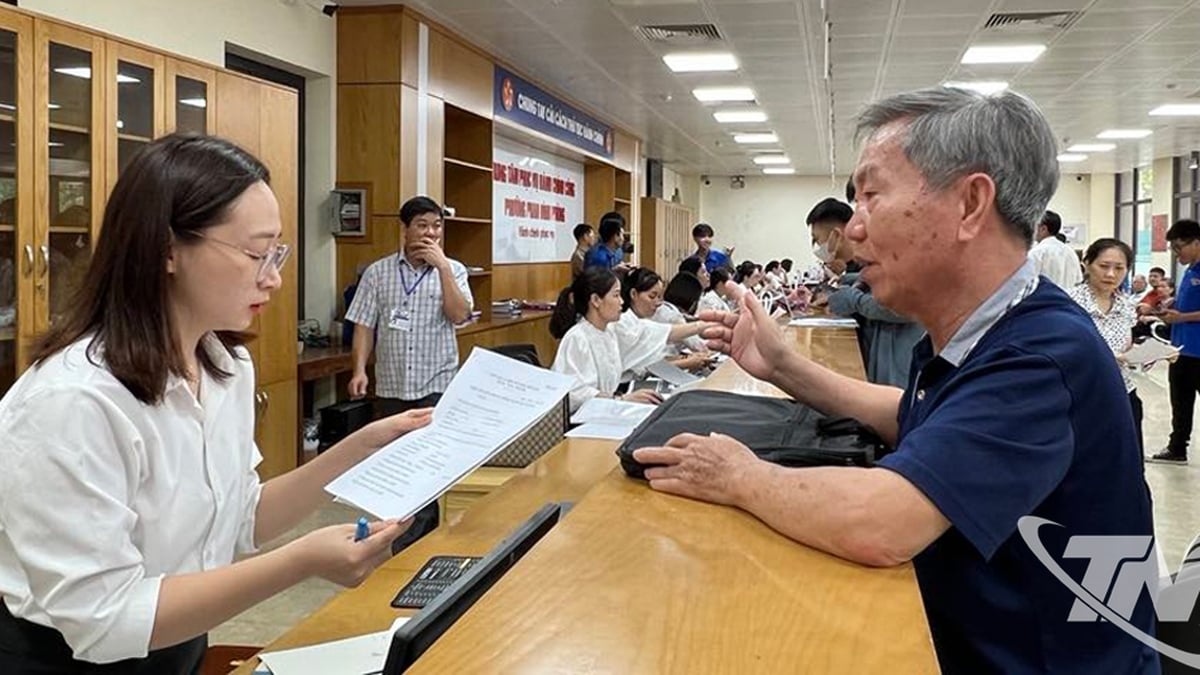
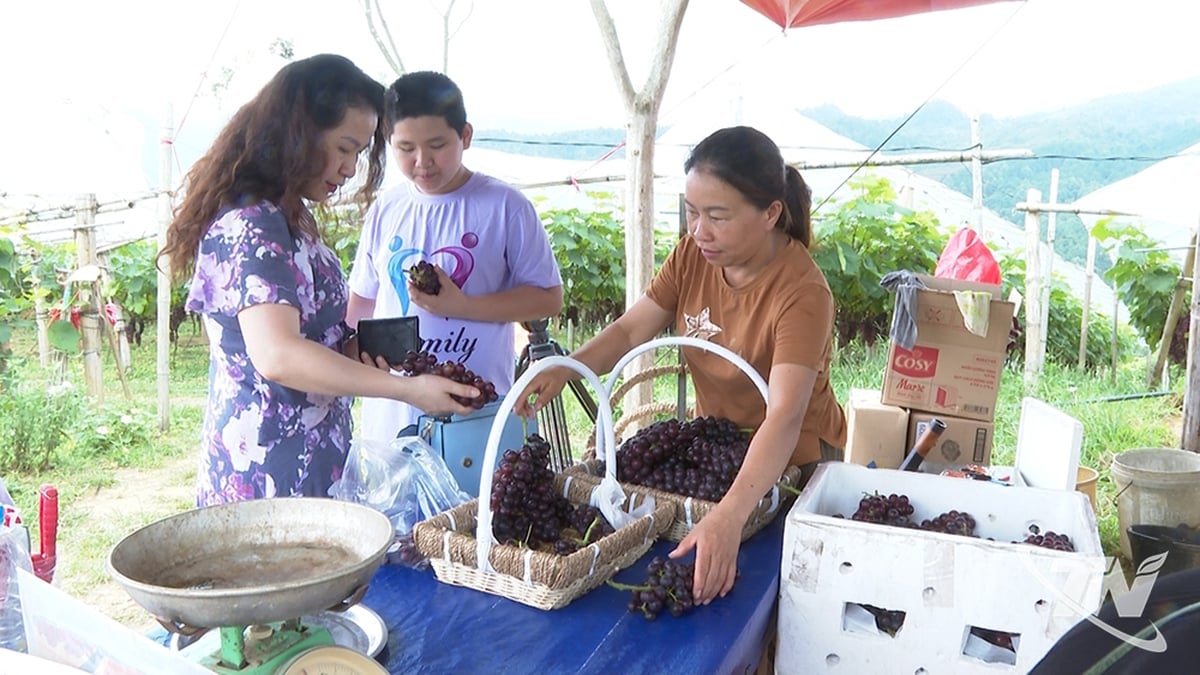

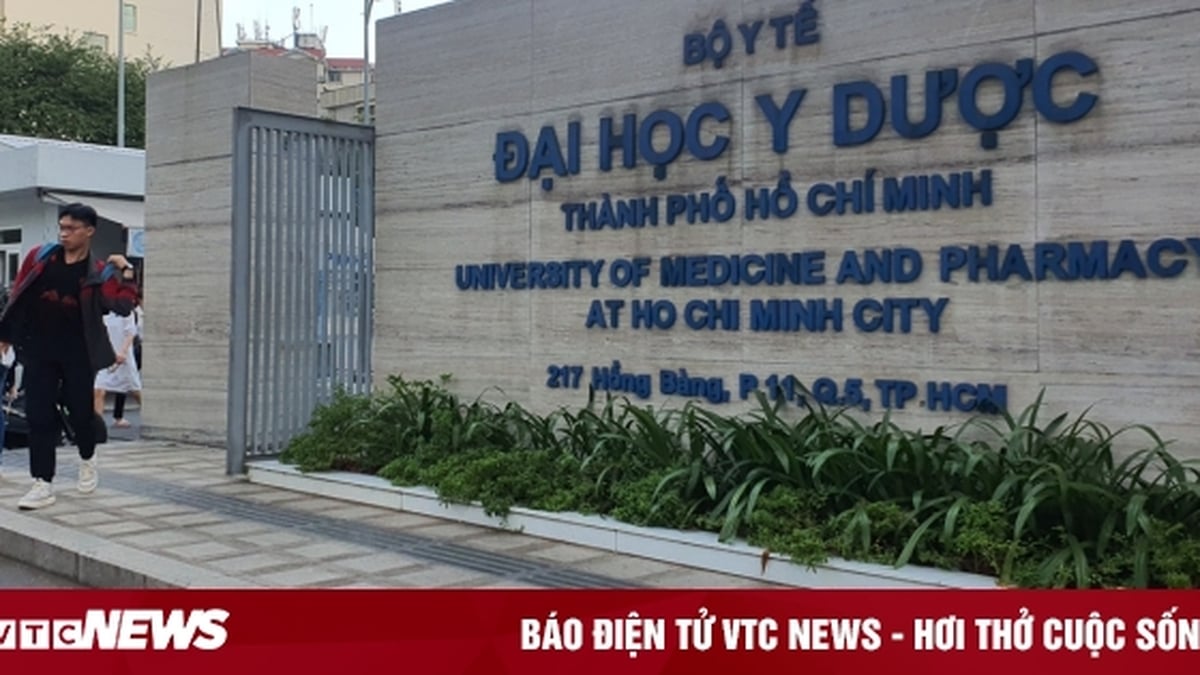




















































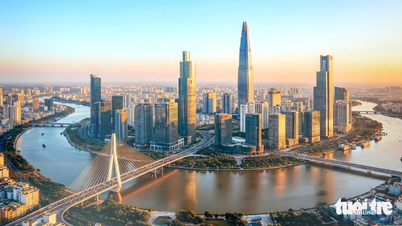






































Comment (0)